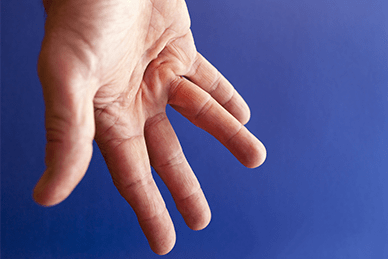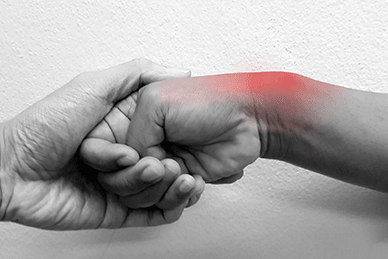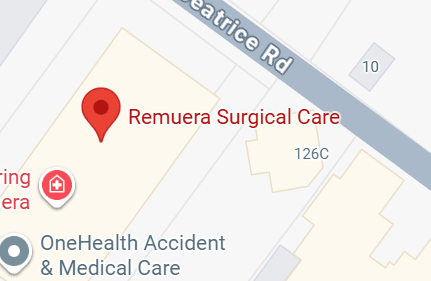Carpal Tunnel
Syndrome
Whether it’s painful numb fingers; deformity or diminished function, the aim of surgery is to help you regain the function you have lost.
Please give us a call to discuss your options or to book an initial consultation with Dr Greenbaum.
Carpal tunnel syndrome is caused by pressure on the median nerve. The carpal tunnel is a narrow passageway surrounded by bones and ligaments on the palm side of the hand. When the median nerve is compressed, symptoms can include numbness, tingling, and weakness in the hand and arm.
What causes it?
There are several possible causes of numb and painful fingers and grip weakness. A common cause is compression of a nerve as it travels from the spinal cord, dividing and branching as it progresses down the arm to reach the fingertips.
What is the Carpal Tunnel?
There are several places in that pathway from the spinal cord at which the nerves in the arm can be compressed, but most commonly it is at the wrist. The median nerve can be compressed as it passes into the hand through a tunnel made up of the bones of the wrist and a thick ligament that won’t expand. This is the “carpal tunnel” and compression here is called Carpal Tunnel Syndrome.
How is it diagnosed?
Next to the carpal tunnel is a canal called “Guyon’s canal” through which the ulnar nerve travels to the fingers and in which it can also be compressed.
The distribution of numbness and pain is what gives me the clue as to which nerve is being compressed and steers me towards any other tests so I can determine if the compression is happening at the wrist, rather than in the arm. Getting this correct can be the difference between success and failure in surgery for nerve compression.
What is the best treatment?
Differentiating between the other causes and nerve compression – and then diagnosing which nerve and where it is being compressed is what makes the difference between successful and unsuccessful treatment.
Carpal tunnel syndrome may not require surgery. Sometimes compression is transient and caused by fluid retention (for example, during pregnancy or after trauma) or when there is inflammation. In these situations, splinting the wrist or an injection of an anti-inflammatory steroid may solve the problem. If not, then surgery is generally simple in skilled hands and can be done under local anaesthetic block.









